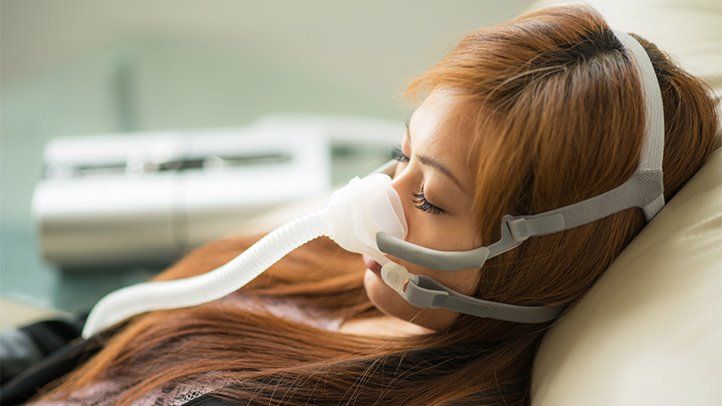If you’re a shift worker or a night shift worker, you may suffer from sleepiness. There are plenty of ways to reduce the symptoms and enjoy an adequate night’s rest. Some of these solutions include sleeping pills as well as avoiding bright lights when you get home as well as reducing microsleeps. If you are suffering from issues, you don’t need to quit your job. Find out the best ways to manage sleep disorders.
Sleep aids prescribed by a doctor
Certain prescription sleep aids that are suitable for shift workers include antidepressants and benzodiazepines. These drugs can help shift workers sleep. However, they can increase the chance of accidents and can worsen sleep problems. It is essential to speak with your physician prior to attempting to take these drugs yourself. If you suspect that you might have sleep issues due to work shifts, your doctor will inform you that you require a prescription to take the Waklert medication.
For shift workers who aren’t able to work, prescribed sleep aids are the only choice. These are prescription drugs available and are completely regulated by the FDA. One of them is a sleep aid approved by the FDA. Most of these are sold only for sleeping or when used in conjunction with other analgesics or PM formulations. While these medicines can aid in getting sleep, they pose a risk as they can cause a person to develop intolerance or develop dependence on them. Additionally, using prescribed sleep aids could cause adverse side effects and can cause addiction, so it is crucial to talk with a doctor before using any sleeping aids.
Beware of exposure to bright light as you return home after work
There are many methods to treat shift work sleep disorder, such as limiting the duration of time spent in direct sunlight between early morning and late evening. Dark sunglasses can reduce the sun’s rays while you sleep. Rotating shifts also helps create a staggered day and night shift so that all of them are equally exposed to sunlight. By limiting your exposure to light that is available in the morning, it is less likely that you will experience disturbed sleep patterns.
To prevent sleep deprivation, try to avoid consumption of caffeine-based drinks in the afternoon or the evening. Although caffeine can boost alertness, it can hinder sleep in the evening and at night. Beware of bright lights at all times when you are driving home from work. Wear dark shades or caps to block out the bright lights. If you can, you can avoid running around during your sleep time and keep an unscheduled sleep schedule. If you are unable to avoid the bright lights, ask your employer to shift your next shift to the front.
Sleeping through stress is a good way to avoid sleep-related issues
The first step in getting rid of sleep problems caused by stress in the workplace is to be aware of the effects it can have on your body and your schedule. It’s a lifestyle rather than a timetable for work. It is therefore essential to establish healthy habits and concentrate on your sleep plan. While you are focused on your sleep, you must have support from your colleagues so that you don’t get bored on your shift. You can take the drug Artvigil to remain awake throughout your shifts. What can make you feel more energised and will assist you in performing better at work?
Research has shown that shift workers are at an increased chance of suffering from sleep-related stress issues. This is due to the fact that they interfere with their body’s natural circadian rhythm, which tells them to sleep at night and be awake throughout the daytime. This pattern is disrupted if you work nights, which could lead to SWSD, or shift work sleep disorder, or SWSD. If not treated, the condition could result in a decrease in alertness, physical and mental fatigue, as well as a decline in performance.
In reducing microsleeps
Studies have revealed that those who suffer from sleep disorders like sleep apnea with obstruction and shift insomnia at work are three times more at risk of being in the middle of a vehicle crash. Microsleep may be another reason for this higher risk. A great way to cut down on the frequency events is to boost the time you sleep or use medications that increase the state of being awake. However, these medications should only be administered with the guidance of a physician. A few companies are looking into the application of acoustic signals to aid in reducing microsleeps while driving.

